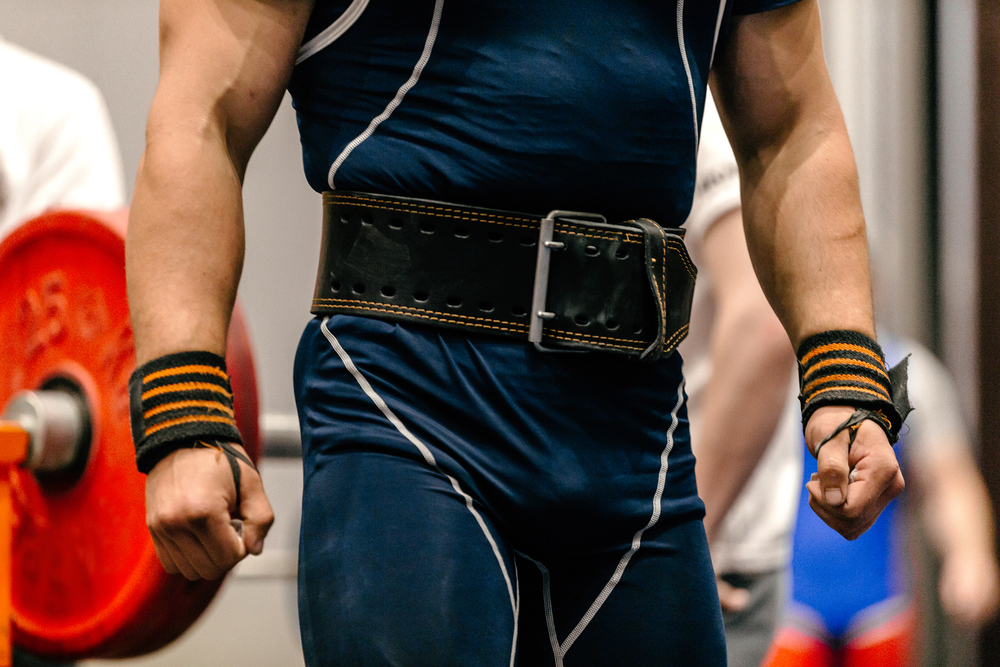
Pull-throughs For Super Leg Strength
Before you start scoffing ‘I only need squats in my life to build glutes’ or even do I hear the man in the back whispering ‘men don’t need to do glute work!’, here’s a few things you should know before we get started:
- Pull-throughs aren’t primarily for aesthetics
- The pull-through offers a unique training stimulus that is kinder on the spine than the kettlebell swing
- Pull-throughs are a universal exercise that can be used by anyone regardless or gender, goals and training experience.
Do I have your attention to continue?
Newsflash, glute work isn’t just for bikini girls or female fitness models looking to gain followers on social media. Years ago, you’d be hard-pressed not to find guys squatting the biggest numbers using glute activation exercises, like the pull-through, as a staple accessory exercise to help train the hamstrings and glutes, but nowadays glute activation has become an extremely neglected region in programming.
So why do I need to train glutes?
Having a strong pair of glutes is responsible for dynamic strength and static stabilisation of the hips, pelvis and the lumbar spine. By isolating the glutes within our training, we not only improve the aesthetics but also the functionality of the glutes.
But what exercises isolate the glutes?
If you were guessing squats, wrong. One of the primer movements for isolating glutes is the cable pull-through. The pull-through is the gold star of glute exercises for a number of reasons: first and foremost it activates the glutes, it hones the hip hinge movement pattern (which resembles that of a train wreck in most lifters), spares the spine from compression and loads the glutes for both strength and hypertrophy.
How and when do I program this miraculous exercise?
- Take 5 to 10 minutes running through a dynamic warm up focusing on hips and glutes (if your programming is correct, this should be second nature to you!).
- Once completed, move straight into the pull-through to target the glutes.
- Place the pull-through first in your training day to to allow your body more time to acclimate to the training program ahead.
- Use multiple ramp-up sets followed by some volume in terms of working sets and keep the count high between 12-15 reps to really drive blood flow into the glute region.
- Move slowly throughout the exercise with accentuated flexes at the top (cue: crack the walnut) and keep a full range of motion throughout (cue: hyke an american football)
When you have done a few working sets, you should be activated and ready to go!
Ok, the biggest question – how do I do this exercise?
There are two variations that you can do, depending on equipment available to you:
The Banded Pull Through
This variation is convenient as you need nothing other than a cross-fit resistance band:
- Locate a secure band around something that is as close to the floor as possible
- Loop the band inside the base of choice and step out facing away from the set up
- Take an overhead grip and let the band course between your legs
- Your feet should be positioned similar to a squat stance
- With a stable spine, drive your bum back into a braced hip hinge with a slow controlled eccentric contraction
- Drive through and flex your glutes as hard as you can at the top
The Cable Pull Through
This variation is if you have a cable rack at your disposal:
- Complete the same steps above, using a rope cable attachment
- The cable pull-through allows for even more loading and to build your loads more evenly and objectively over time
- The cable will sometimes throw people as they have trouble controlling the top portion of the movement – this may result in loss of balance
- Focus more on internal tension and tapping into the mind muscle connection
And there you have it, all you need to know about the top glute activation exercise.
Give it a go and reap the rewards of a better booty and better squat!






No Comments yet!